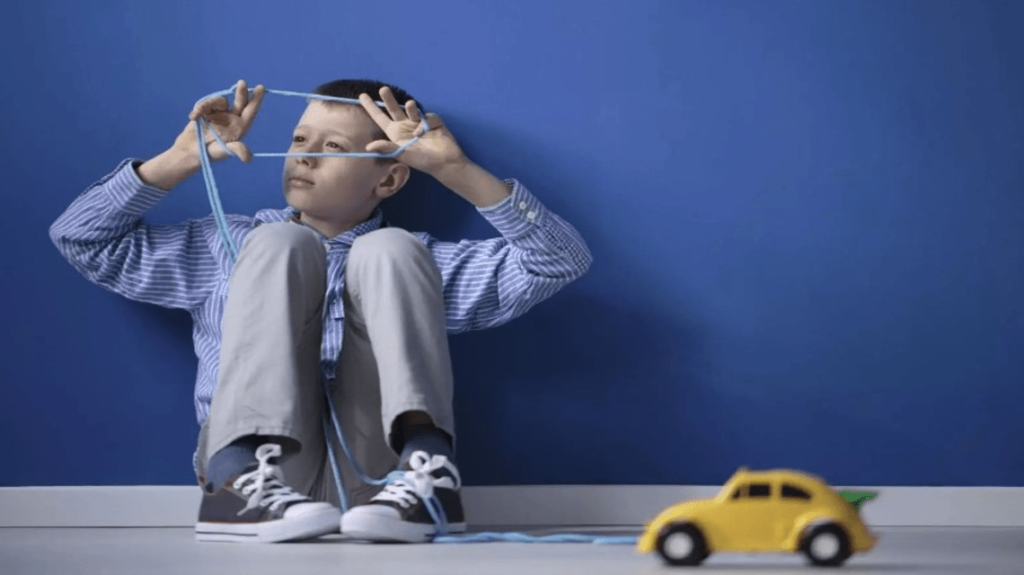Introduction
Autism, a spectrum disorder that influences how individuals perceive the world and engage with their surroundings, is diagnosed based on varying levels. The Centers for Disease Control and Prevention reports that approximately 1 in 54 children receive an autism diagnosis, with manifestations typically noticeable from a young age. However, some individuals may not receive confirmation until adulthood. The Diagnostic and Statistical Manual of Mental Disorders (DSM-5) categorizes autism into three levels, each reflecting the extent of support an individual may require in their daily life.
Levels of Autism
Level 1: Requiring Support
Individuals at this level may face social challenges that necessitate some support. Initiating conversations, responding as expected, and maintaining interest in social interactions can be difficult. This may lead to challenges in making friends without the appropriate support. Level 1 individuals might also display a need for rigid behavioral patterns, discomfort with changes, and require assistance with organization and planning.

Level 2: Requiring Substantial Support
Those meeting the criteria for level 2 need more significant support. Communicating coherently and holding conversations can be challenging, even with assistance. Individuals at this level may speak in short sentences, focus on specific topics, and struggle with nonverbal communication. Coping with change may cause considerable distress, impacting daily functioning.

Level 3: Requiring Very Substantial Support
Individuals with level 3 autism require the most support. Challenges in using or understanding verbal and nonverbal communication are pronounced. They may avoid interaction, find imaginative play difficult, and face challenges in forming friendships. Level 3 individuals may exhibit extreme difficulty in changing daily activities or routines, follow repetitive behavioral patterns, and experience distress when required to shift focus or tasks.

Understanding autism is like exploring a vast spectrum of unique minds, each with its own brilliance and beauty. Embrace the diversity of the autism spectrum, for within its levels lies a kaleidoscope of extraordinary perspectives waiting to be understood and appreciated.
Anonymous
Symptoms of Autism
Autism manifests with both social and behavioral effects. Socially, individuals may struggle with initiating and maintaining conversations, responding appropriately, discussing interests, maintaining eye contact, using appropriate facial expressions, and understanding others’ perspectives. Behavioral symptoms include repetitive actions, distancing from others, intense interests in specific topics, exceptional skills in certain areas, difficulty coping with changes, preoccupation with specific object details, and varying sensitivity to sensory stimulation.

Diagnosing Autism
Early diagnosis is crucial for providing support and ensuring a high quality of life. In children, signs may be detectable by age 2, with routine developmental screenings essential. A two-stage process involves developmental checkups and additional evaluations by healthcare professionals, including child psychiatrists and speech-language pathologists.

Diagnosing Autism in Adults
Identifying autism in adults can be challenging due to overlapping features with other mental health issues. Professionals may be consulted, and evaluations can be conducted based on observations from teachers, caregivers, or others interacting with the individual.

Support and Therapy
While there is no medication for autism, various educational and behavioral therapies can help manage challenges. Support can address irritability, aggression, obsessive behavior, and other issues. Specialized therapists may work with individuals on communication and social skills, involving family members to enhance understanding and constructive support.
Source
- American Psychiatric Association. (2013). “Diagnostic and Statistical Manual of Mental Disorders (DSM-5)”. American Psychiatric Publishing.
- Centers for Disease Control and Prevention. (2022). “Autism Spectrum Disorder (ASD)”. CDC.gov.
- Grandin, T. (2010). “Different, Not Less: Autism Spectrum Disorders and the Workplace”. Future Horizons.
- Nicolaidis, C. (2012). “Autism, Culture, and the Concept of Neurodiversity”. Disability Studies Quarterly, Vol. 32, No. 4.
- Nicolaidis, C., Raymaker, D., McDonald, K., Dern, S., Ashkenazy, E., Boisclair, W. C., & Baggs, A. (2011). “Collaborating with Autism Community Members to Develop an Online Healthcare Toolkit”. Journal of General Internal Medicine, Vol. 26, No. 8.







